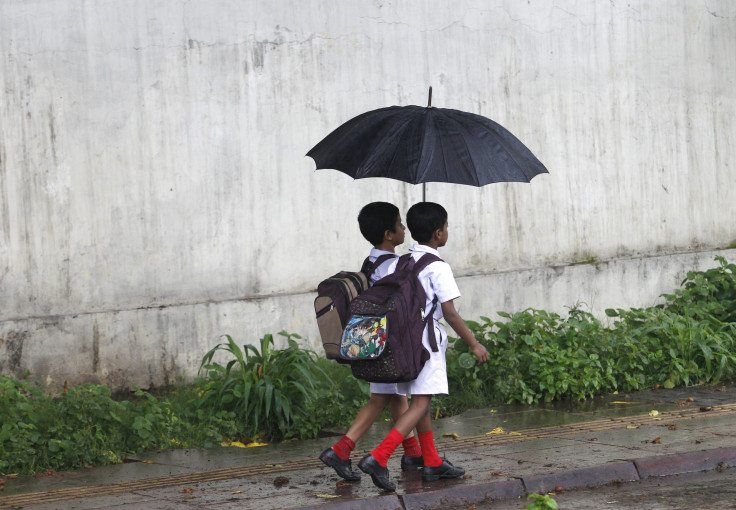Cash-Strapped Indian Government Slashes Its Education Budget By 6% To Meet Fiscal Deficit Target

The Indian government has slashed the country’s education budget by 6 percent, or 40 billion rupees ($641.7 million), in a move that could help Asia’s third-largest economy reign in a burgeoning fiscal deficit, but end up hurting the long-term prospects of a young, growing population.
India’s fiscal deficit of 4.12 trillion rupees in the first half of the financial year was 66 percent higher than it was in the same period last year. This figure, which accounts for 76 percent of the entire year's deficit target of 5.42 trillion rupees, has alarmed a federal government that is gearing up for nationwide elections, due in a few months. The decision to cut the education budget by the cash-strapped government is part of larger cuts to planned and non-planned expenditure, and is the second such move in as many years.
“By the end of the year, the government knows what the financial position is. If there is a crunch, it takes appropriate measures,” M.M. Pallam Raju, the minister for human resource development, told Mint, a business newspaper. “You cannot complain always, as we understand the fiscal situation.”
The government had allocated a total of 658.7 billion rupees for the education sector, up 17 percent from the previous year in its budget for the year 2013-14, of which 162.1 billion rupees were allocated to higher education while 495.6 billion rupees were earmarked for primary and secondary school education.
According to a report from Mint, the government informed the HRD ministry of its plans to reduce its budget allocation to education, which will lead the school education department to lose 25 billion rupees from the cuts while the higher education department will lose the rest.
“Yes, we have got the communication and our higher education department will face a cut of only Rs.1500 crore (15 billion rupees),” Ashok Thakur, higher education secretary told Mint. “We are not complaining much.”
This is the second straight year the government has been forced to cut its budgetary allocation for the education sector. Last December, the sector’s spending limits were slashed by more than 7 percent, or 51 billion rupees, after the fiscal deficit crossed the 4.9 percent annual target in the first half of the year.
The government aims to contain the fiscal deficit at 4.8 percent of gross domestic product, or GDP, during the current fiscal year ending March 2014. And, though the government has announced several other austerity measures, including cuts in non-plan expenditure such as subsidy payments, containing the fiscal deficit within the 4.8 percent target could be a tougher task this year, as the economic slowdown continues to hurt revenue generation in an economy that grew at its slowest pace in a decade.
However, according to the report, budget cuts this year would hurt the education sector more than it did in previous years, because with general elections due in May 2014, the departments will have to wait longer for fresh funds.
“We will not have a full budget during the usual time so the money flow for new programmes for the next fiscal will not happen from April 1. The full budget will come once a new government is in place; that does not look likely before June or July,” an education official, who declined to be named, told Mint.
© Copyright IBTimes 2024. All rights reserved.






















